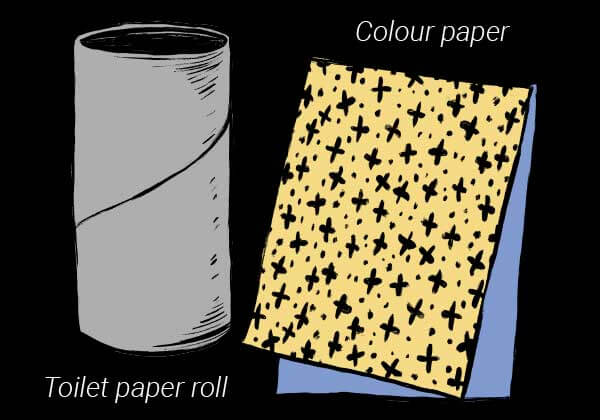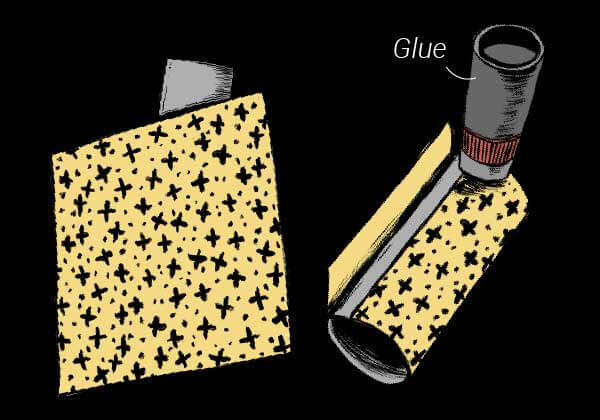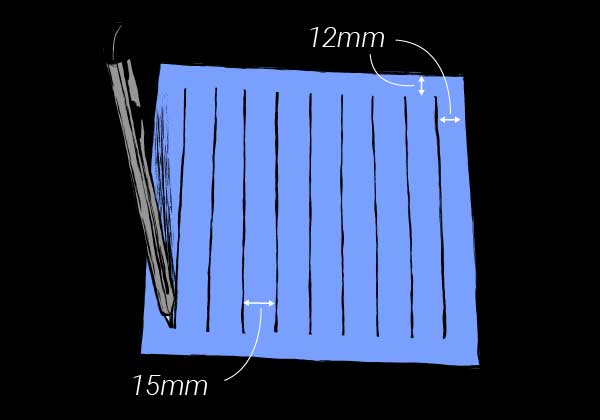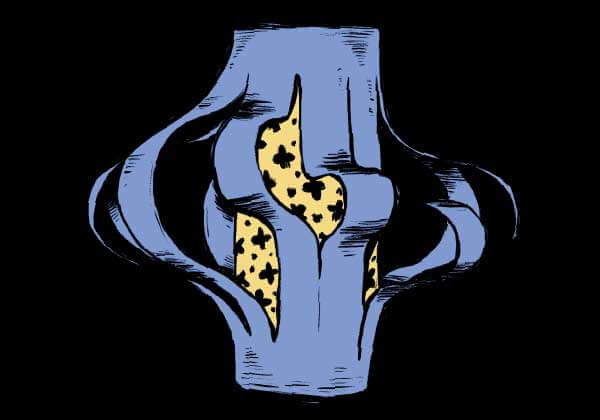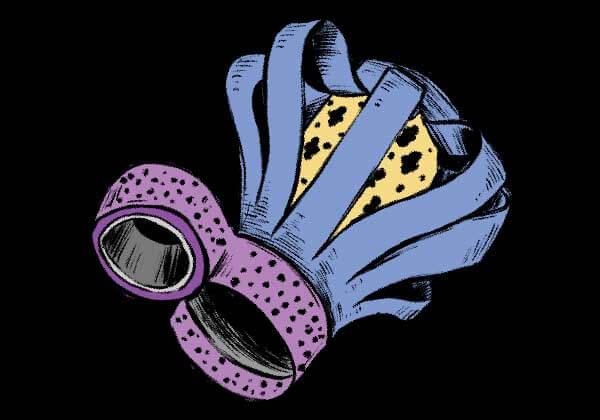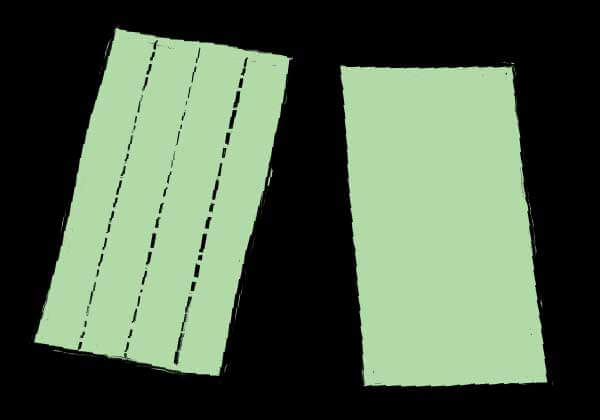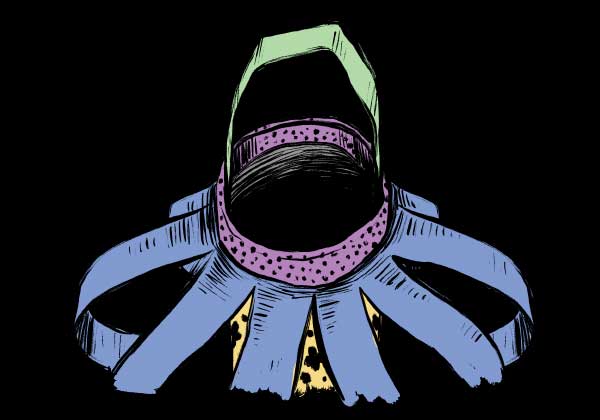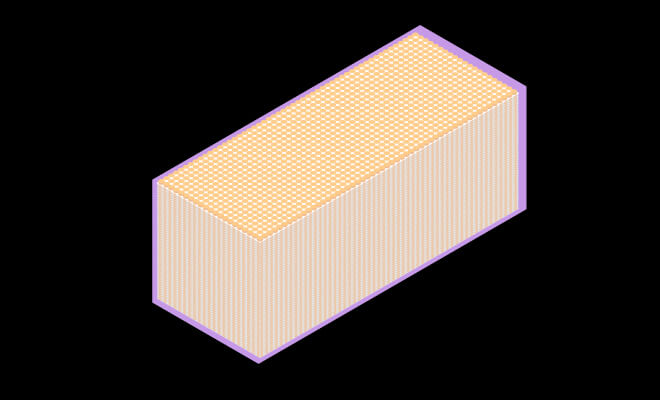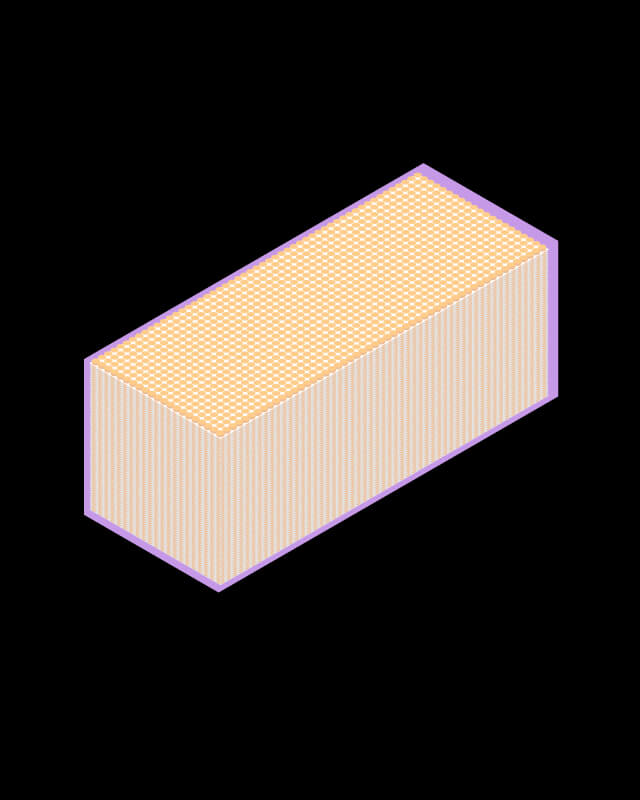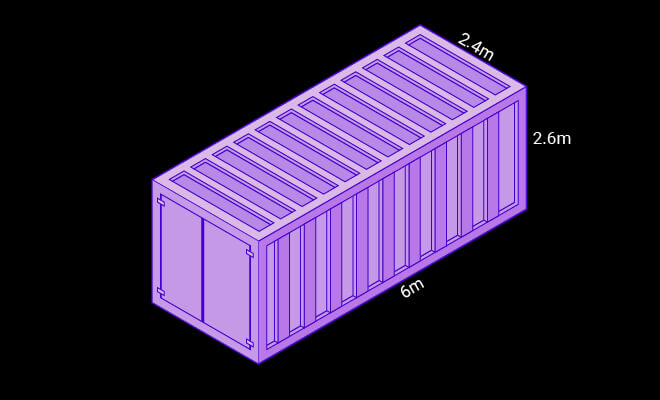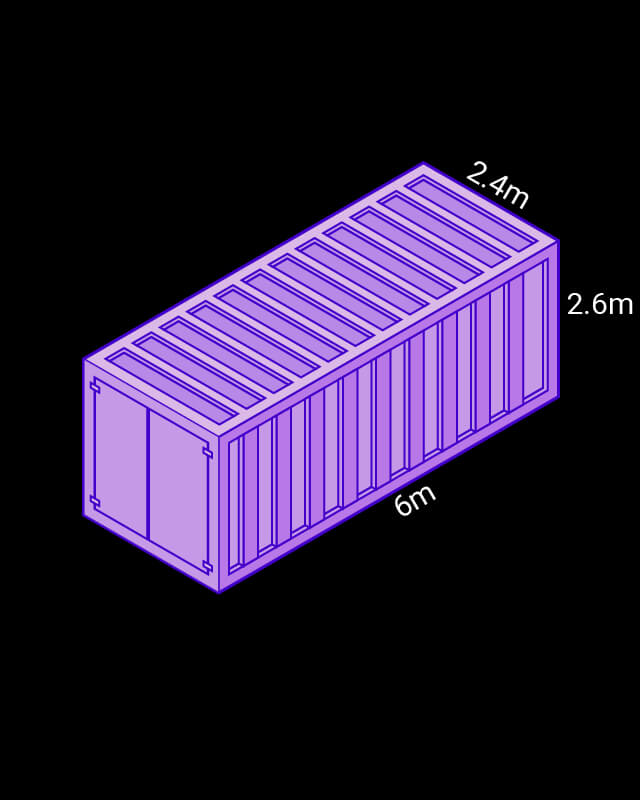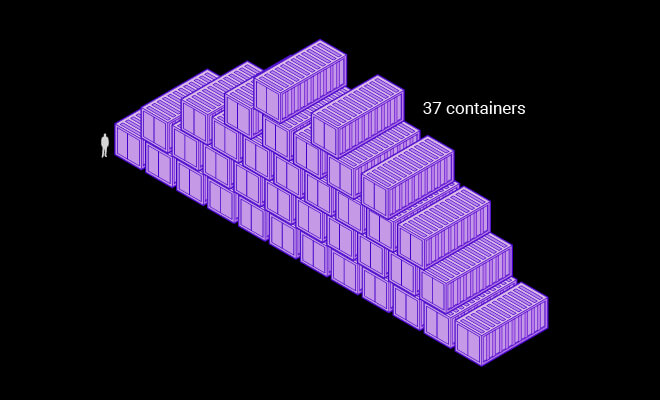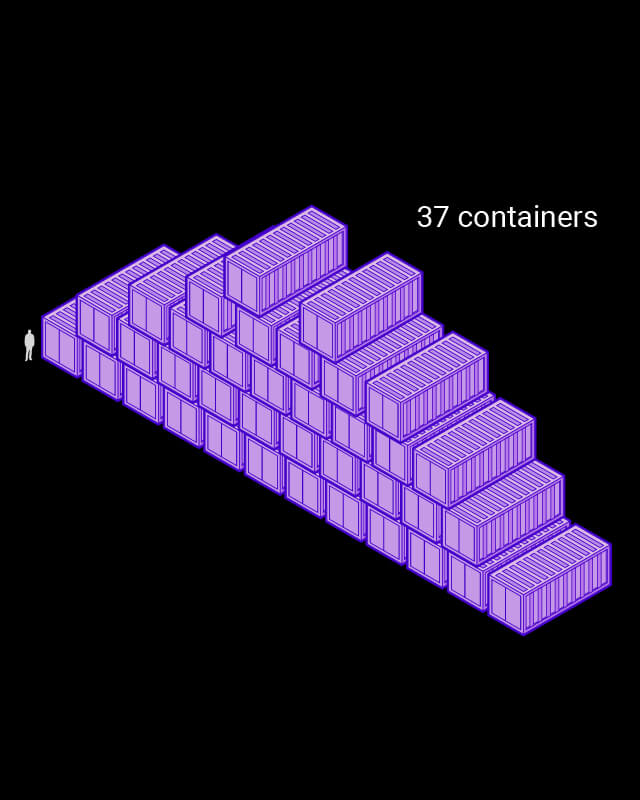What is Mid-Autumn Festival all about?
The legends behind the traditions
Mid-Autumn Festival is almost upon us. There are many versions of this festival legend of how Chang’e, the Chinese moon goddess, ended up on the moon.
As the second biggest holiday in the Chinese calendar, there are many traditions associated with this festival including lots of mooncakes and, in one corner of Hong Kong, a famous fire dragon dance.
Choose how the Mid-Autumn Festival story ends – was Chang’e selfish or selfless?
The tale of Chang’e’s ascent to the moon is one long associated with the Mid-Autumn Festival, but there are many versions of this Chinese legend. Here are two that have been widely told – and you get to choose how they end.
Many moons ago, it was said that there were 10 suns and they each took turns travelling across the sky. One day, the suns decided to rebel and they all came out at the same time.


The suns scorched the Earth so much that the planet was left in a permanent drought, crops withered and died, humans faced the possibility of dying out completely and there was no evening.
A brave and valiant archer named Hou Yi was called upon by the Emperor of Heaven to save the planet. Raising his bow and arrow to the suns, he shot nine of the suns – leaving one to rise and set – saving the planet and human life.

He was hailed as a hero and the Queen Mother of the West, a goddess also known as Xiwangmu, gifted him the elixir of immortality.

The prized bottle contained just enough elixir for one person, and Hou could not bear the thought of leaving his beloved and beautiful wife, Chang’e, behind for eternity. He made the difficult decision to stay mortal, and hid the elixir under his bed.

On one fateful day – August 15 on the lunar calendar – something happened that changed their lives forever.


How Mid-Autumn Festival is celebrated, from mooncakes to lanterns
The second biggest Chinese holiday of the year is celebrated with the giving of mooncakes, family dinners of seasonal autumn foods and, in one corner of Hong Kong, a fire dragon dance.
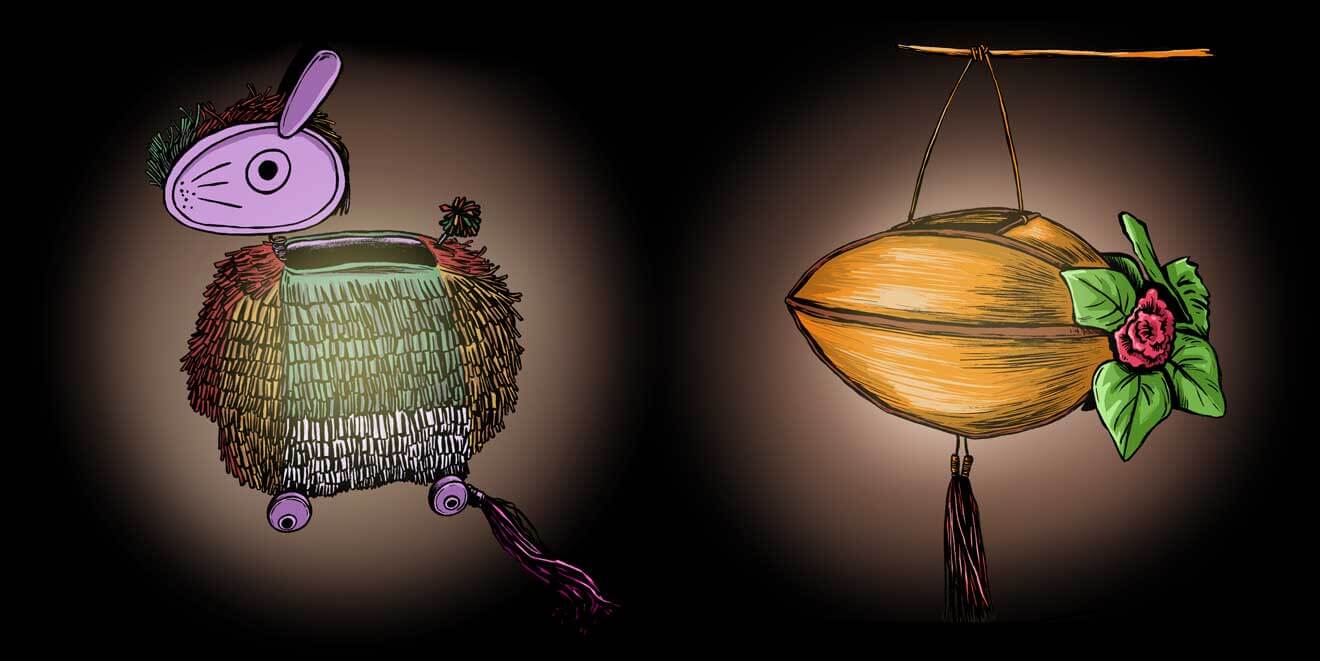
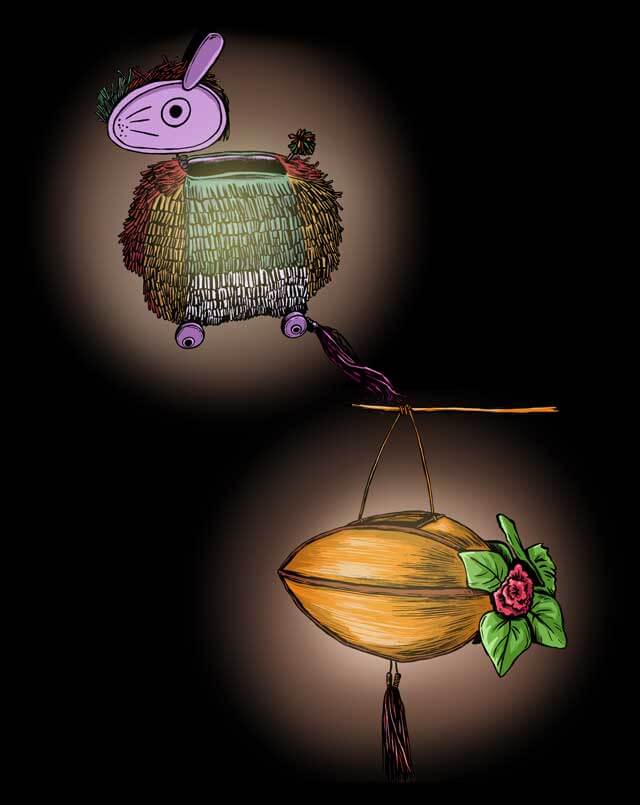
The glow of lanterns, savoury and sweet mooncakes, and a beaming full moon will mark celebrations for the second biggest Chinese holiday of the year, Mid-Autumn Festival, on September 10.
Across many cultures, celebrating the harvest is of great importance, but no harvest festival comes with such a history and collection of tales as the Chinese Mid-Autumn Festival.
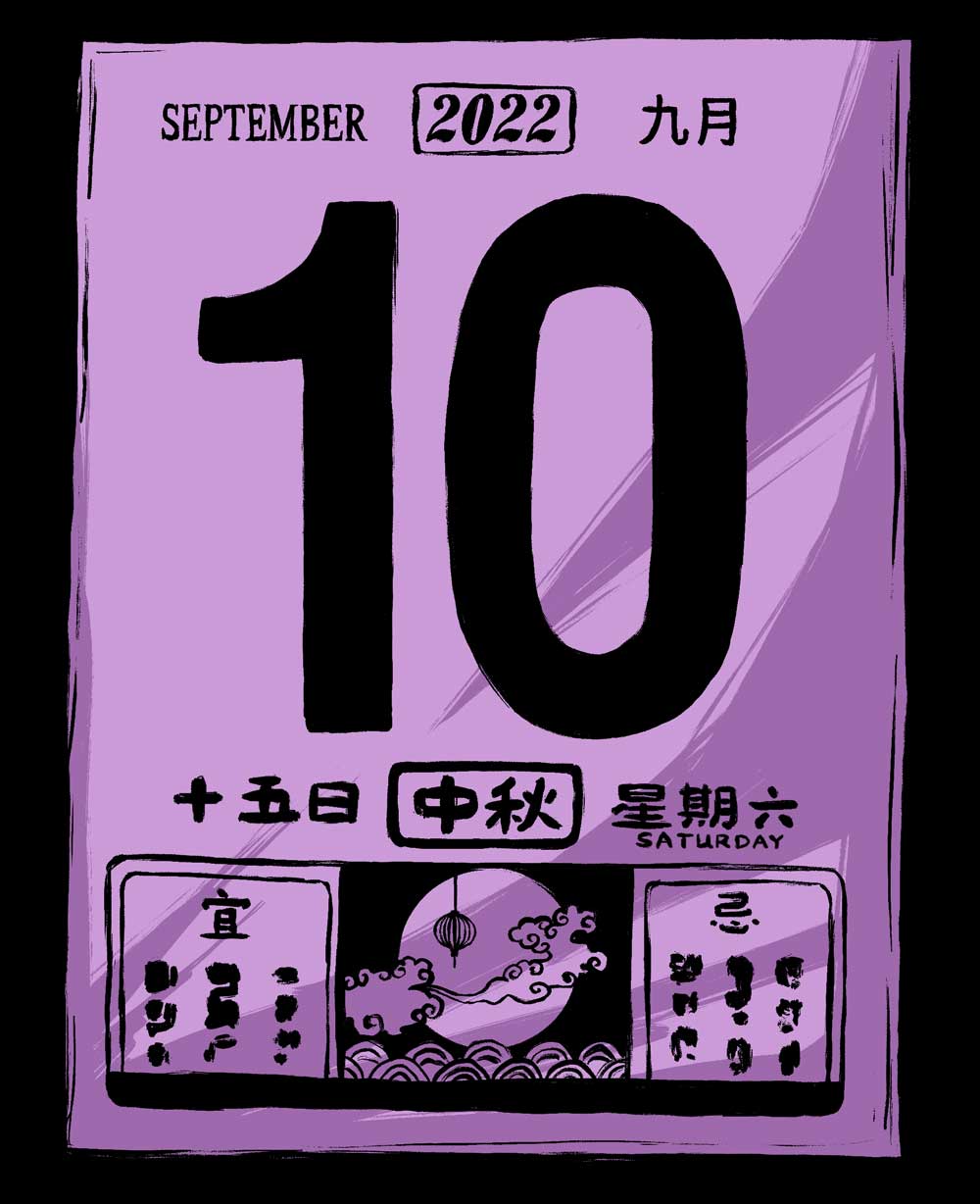
It is celebrated on the night when the moon is at its fullest and brightest – on the 15th day of the eighth month in the lunar calendar.
When picturing Mid-Autumn Festival, most think of sharing mooncakes – the sweet snack synonymous with the festival – but as the lanterns begin to hang anew, the Post explores the festival beyond the food and decorations.
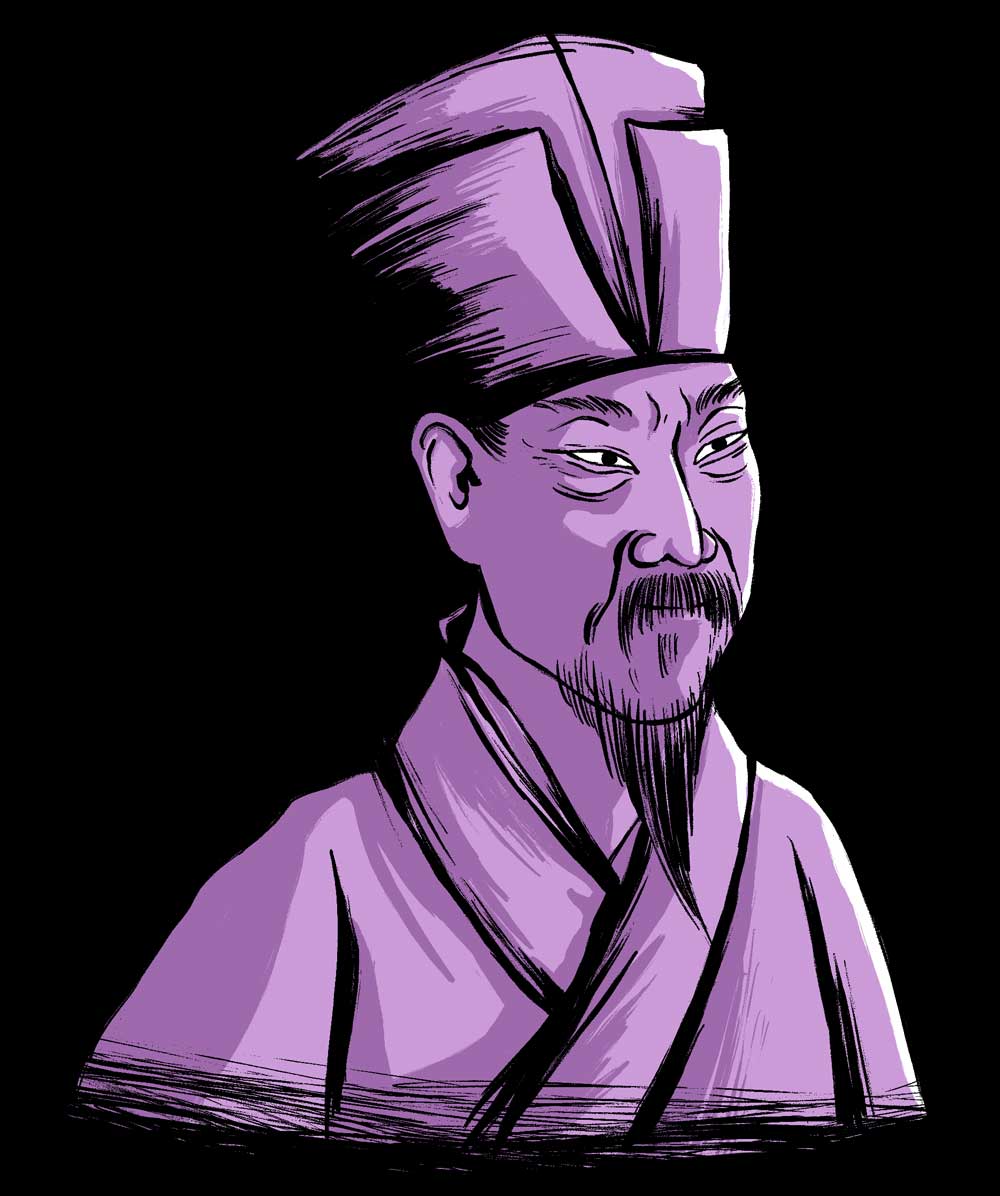
Song dynasty Chinese poet Su Shi wrote of the festival:
“May we live long and share the beauty of the moon together, even if we are hundreds of miles apart.”
That idea of celebrating together imbues the festival in Hong Kong, where the Monday following Mid-Autumn Festival is a public holiday, giving families a three-day weekend to fully appreciate the coming and going of the full moon.
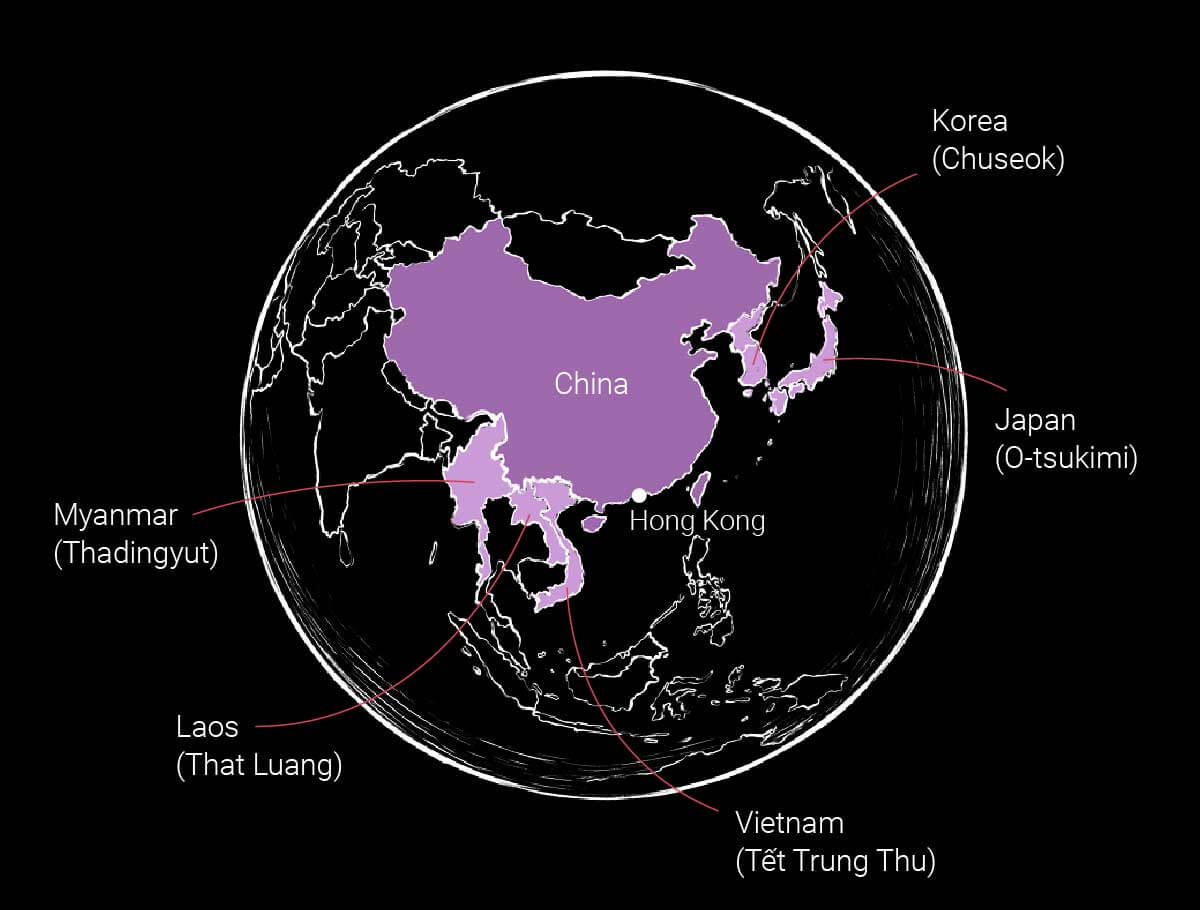

Gatherings and celebrations
During the Mid-Autumn Festival, extended families get together and dine on auspicious foods such as pomelo, taro, water caltrops and lotus root, as well as seasonal foods such as pumpkin, chestnuts, duck and crab.
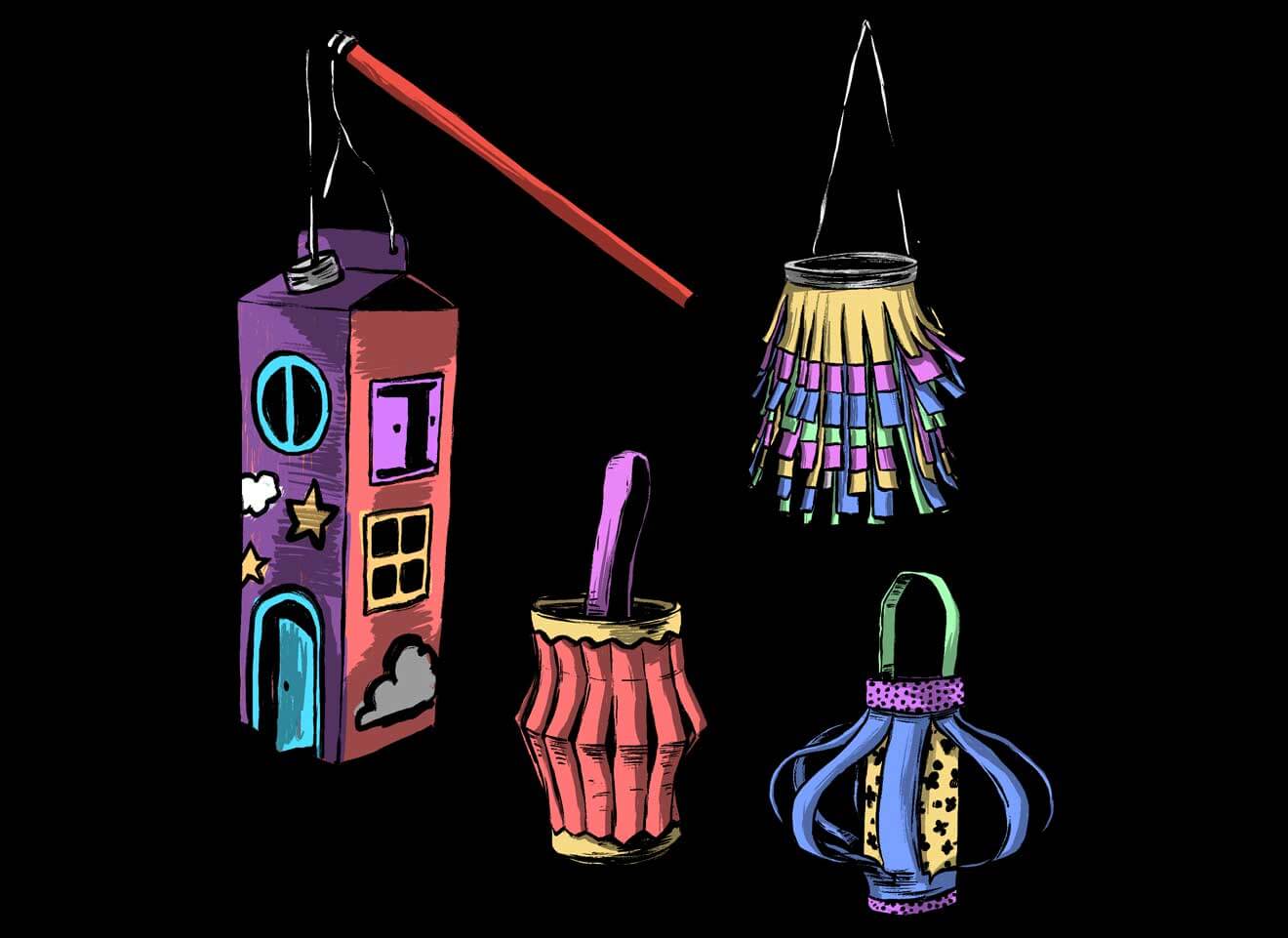
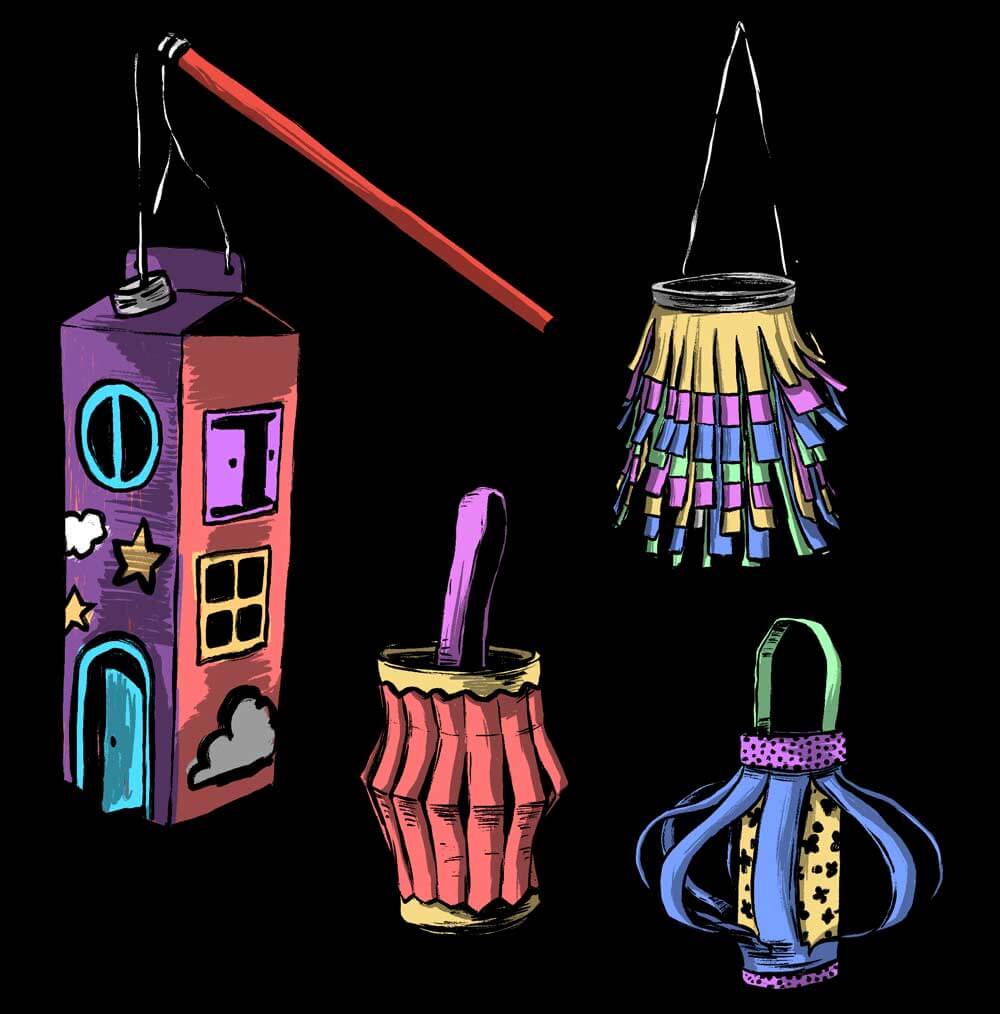
In preparation for the festival, children may make lanterns in school or at home, although these days ready-made ones are widely available in convenience stores.
Families take lanterns to display when they celebrate the festival at lantern carnivals in the city’s parks and housing estates.
One festival celebration particular to a small corner of Hong Kong is the Tai Hang fire dragon dance.
The fire dragon dance can feature up to 300 performers, who parade a dragon made of straw stuck with glowing incense sticks through the narrow streets of Tai Hang village, on Hong Kong Island near Causeway Bay.
In the 19th century Tai Hang was a poor fishing village populated by people of the Hakka minority. In 1880, so the legend goes, Tai Hang suffered a plague that was dispelled only after villagers made a dragon from straw, covered it with lit joss sticks and paraded it around the village. The dance became a yearly event.
The event has been inscribed on a national list of intangible cultural heritage. Having been cancelled in 2020 and 2021 because of social distancing rules to curb the spread of Covid-19, the dragon dance was again suspended in 2022, for the third consecutive year.
Tonnes of mooncakes
The quintessential food of the Mid-Autumn “Moon” Festival is the mooncake, a dense pastry traditionally made of lotus seed paste and salted duck egg yolk.
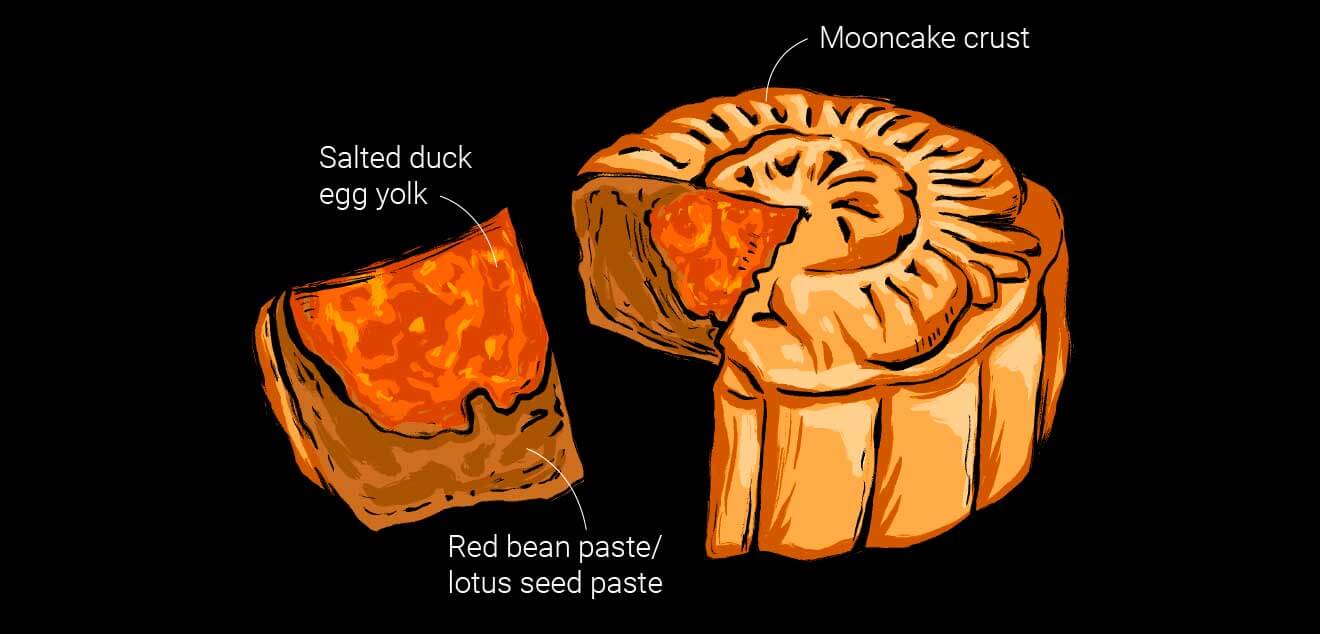

These days, there are thousands of mooncake varieties – with fillings including red bean, minced pork, green tea, fruit, custard and even ice cream. New varieties come along every year.
Although origin stories of the mooncake vary, historians generally agree that they first appeared during China’s Tang dynasty (AD618–907). One legend puts them centre stage in an uprising under the Yuan dynasty (AD1271–1368).
According to the legend, Han Chinese revolutionaries smuggled messages inside mooncakes to orchestrate an uprising against their Mongolian rulers.
In recent years, mooncakes have become associated with modern-day excess. As Mid-Autumn approaches, individuals and businesses indulge as much as HK$10,000 (US$1,200) on luxurious, lavishly packaged mooncakes to offer as gifts.
The packaging, which far exceeds that which is necessary, mostly ends up in the city’s landfills, which are nearly full. This has led campaigners to press the government to promote environmentally friendly mooncake packaging. Their efforts have been largely ineffective, however.
Moreover, many of the mooncakes are left uneaten. According to environmental charity Green Power, Hong Kong residents threw away more than 2.8 million in 2020.
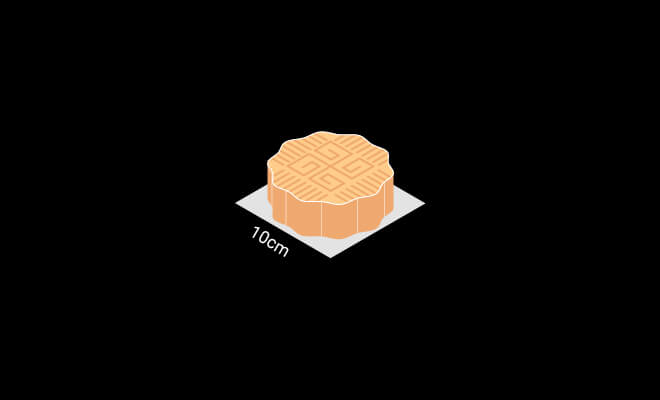
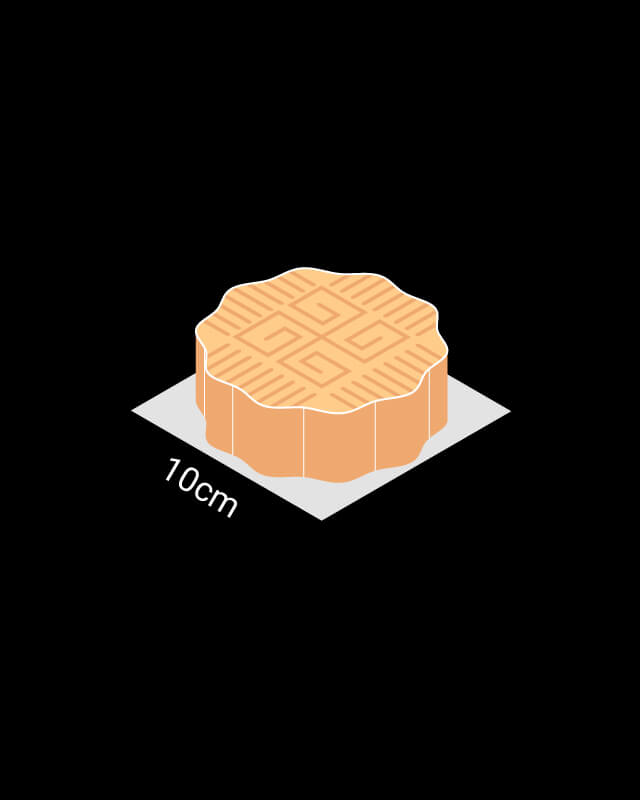
Associate Creative Director Marcelo Duhalde
